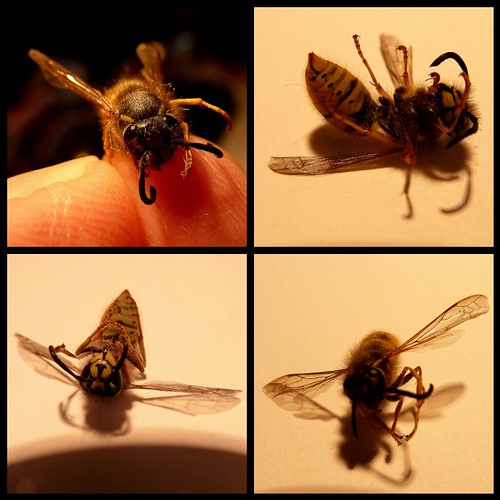 It’s a warm and green autumn in the UK this year. It is mid-November; the daytime temperature is stills several degrees above average; I’m not aware that we’ve had any frost yet; and the fish in the pond are still feeding (in a normal year they stop feeding for the winter in mid-October).
It’s a warm and green autumn in the UK this year. It is mid-November; the daytime temperature is stills several degrees above average; I’m not aware that we’ve had any frost yet; and the fish in the pond are still feeding (in a normal year they stop feeding for the winter in mid-October).
What’s interesting is that it has highlighted something I’ve known about for some time but which we don’t usually see in action so clearly. That’s the way in which (deciduous) trees lose their leaves.
As I understand it (and I can find nothing to substantiate this) there are two triggers to autumn leave loss: day length and temperature. Some trees start losing leaves when the hours of daylight fall below some critical point. For other trees the trigger is consistently low temperatures.
No I have no idea exactly what the trigger points are in detail, and I would expect them to vary between species. Some trees may also of course have a combined trigger where day length and temperature both have to fall; and again I would expect this to vary greatly by species.
But it is noticeable this year that some trees have lost their leaves according to much their normal schedule (presumably due to changes in day length triggering the process) and others are still green (where presumably the trigger is a drop in temperature).
Coming back from the supermarket this morning I did a quick, fairly unscientific, check and found:
| Trees that have (mostly) lost their leaves |
Trees which are (largely) still green |
| Ash Poplar Hawthorn Horse Chestnut* Beech Cherry Silver Birch London Plane |
Alder Oak |
Can anyone confirm that I am right about the triggers and that the trees I see are acting the way they should?
And can someone please arrange some proper cold weather. I don’t like these warm winters — if only because they tend to be grey and murky. I’d rather have cold and alpine. And besides, as the old saw goes:
A green Christmas means a fat churchyard.
* Horse Chestnut may be a red herring as most of the trees around here are infected with the leaf-mining moth Cameraria ohridella which is affecting these trees progressively across most of the country. This causes early leaf death.

![[46/52] Hibiscus](https://farm7.static.flickr.com/6115/6344060784_f931e010c5.jpg)
 1. An imaginary flower reputed never to fade; a fadeless flower (as a poetic conception).
1. An imaginary flower reputed never to fade; a fadeless flower (as a poetic conception). ![[42/52] Green Woodpecker](https://farm7.static.flickr.com/6234/6254149303_0432490798.jpg)

 A species of colourful, remarkably saurian, chicken-like bird, Opisthocomus hoazin, found in swamps, riverine forest and mangrove of the Amazon and the Orinoco deltas of South America. It is notable for having chicks that possess claws on two of their wing digits; the chicks are also able to swim and climb — useful when you’re a pheasant-sized bird which nests in trees over water!
A species of colourful, remarkably saurian, chicken-like bird, Opisthocomus hoazin, found in swamps, riverine forest and mangrove of the Amazon and the Orinoco deltas of South America. It is notable for having chicks that possess claws on two of their wing digits; the chicks are also able to swim and climb — useful when you’re a pheasant-sized bird which nests in trees over water!
![[30/52] Symmetry by kcm76](https://farm7.static.flickr.com/6127/5978562974_ea91cb6f7e.jpg)
![[29/52] Hebe by kcm76](https://farm7.static.flickr.com/6003/5963779892_2d532f364f.jpg)